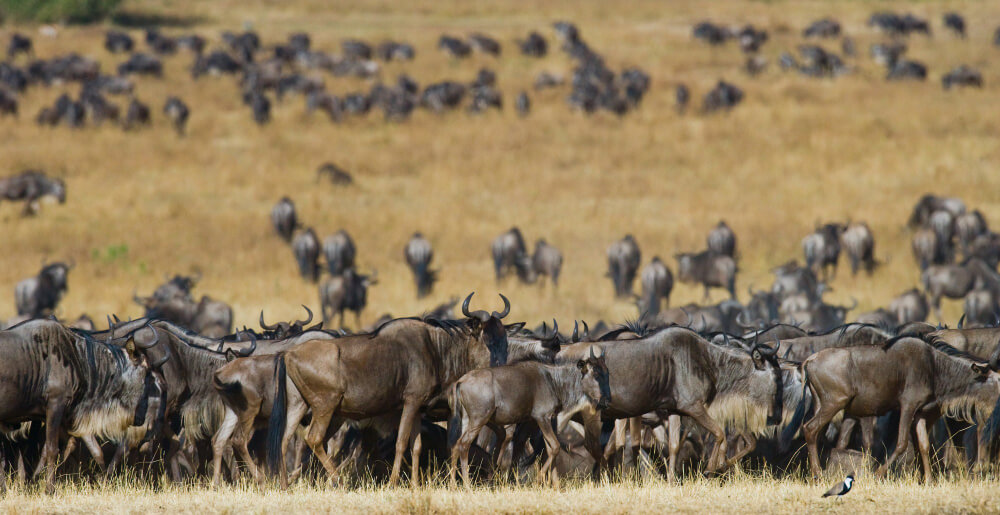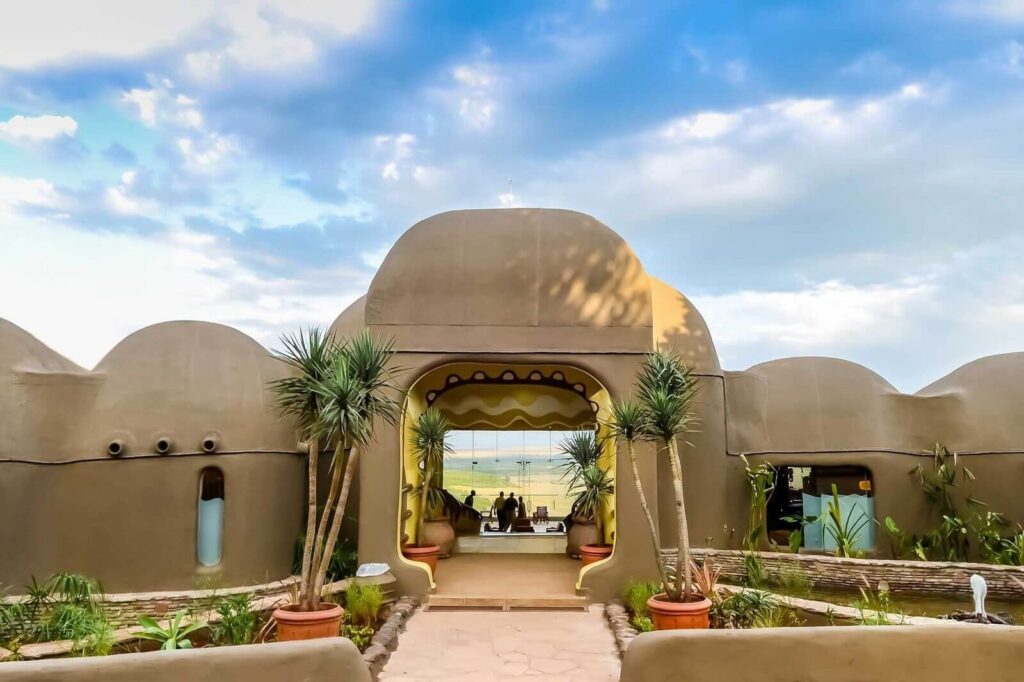The Masai Mara National Reserve, located in the southwestern region of Kenya, is one of Africa’s most famous and revered wildlife conservation areas. Spanning approximately 1,510 square kilometers (580 square miles), the reserve is an extension of Tanzania’s Serengeti National Park and is renowned for its incredible density of wildlife and stunning landscapes. Whether you are a seasoned safari-goer or a first-time visitor, the Masai Mara offers an unforgettable experience. Here, we delve into some of the most frequently asked questions to provide a comprehensive guide to this magnificent destination.
What is the Best Time to Visit the Masai Mara?
Choosing the best time to visit the Masai Mara depends on what you want to experience. Generally, the dry season from July to October is considered the optimal period. During these months, the reserve experiences the annual Great Migration, one of nature’s most dramatic events. Over 1.5 million wildebeest, accompanied by hundreds of thousands of zebras and gazelles, migrate from the Serengeti to the Masai Mara in search of fresh grazing. This spectacle, particularly the river crossings at the Mara River, is a highlight for many visitors.
The dry season also provides easier wildlife viewing as animals gather around water sources and the grass is shorter, making spotting wildlife easier. However, the Masai Mara offers rich wildlife experiences year-round. The rainy seasons (November-December and March-May) transform the landscape into a lush, green paradise with fewer tourists and lower prices. Wildlife remains abundant, and bird watching is particularly rewarding during these months.
What is the Great Migration?
The Great Migration is often referred to as the “Greatest Show on Earth” due to its sheer scale and the dramatic scenes it presents. This annual event sees a vast herd of wildebeest, zebras, and gazelles undertaking a circular journey of over 1,800 miles across the Serengeti-Mara ecosystem. The migration is driven by the search for fresh grazing and water, following the seasonal rains.

In the Masai Mara, the most iconic aspect of the migration is the crossing of the Mara River, usually occurring between July and October. Thousands of animals brave the crocodile-infested waters, creating a chaotic and exhilarating scene. Predators, including lions, leopards, and hyenas, follow the herds, providing thrilling predator-prey interactions. Witnessing the Great Migration is a bucket-list experience for nature enthusiasts and offers some of the best photographic opportunities in the natural world.
How Do I Get to the Masai Mara National Reserve?
Reaching the Masai Mara is relatively straightforward, with options to suit different preferences and budgets. The reserve is approximately 270 kilometers (170 miles) from Nairobi, Kenya’s capital. Here are the primary ways to get there:
By Road:
Traveling by road from Nairobi to the Masai Mara takes about 5-6 hours, depending on traffic and road conditions. The journey offers scenic views of the Great Rift Valley and the Kenyan countryside. However, some parts of the road can be rough, particularly during the rainy season.
By Air:
For a quicker and more comfortable option, domestic flights are available from Nairobi’s Wilson Airport to several airstrips within the Masai Mara. The flight takes about 45 minutes, and upon arrival, you’ll be transferred to your lodge or camp. Many safari packages include air transfers, which can be a convenient way to start your adventure.
What Kind of Wildlife Can I Expect to See in the Masai Mara National Reserve?
The Masai Mara is renowned for its incredible biodiversity and high concentration of wildlife. Visitors can expect to see a wide variety of species, including:
The Big Five:
- Lion: The Masai Mara is famous for its large prides of lions, often seen lounging in the shade or stalking prey.
- Elephant: Herds of elephants are frequently spotted, and their interactions are a delight to observe.
- Buffalo: These formidable animals are commonly seen grazing in the grasslands.
- Leopard: Though elusive, leopards can be spotted resting in trees or hunting at dusk and dawn.
- Rhinoceros: The Mara is home to both black and white rhinos, though they are more challenging to find.
Other Notable Species:
- Cheetah: The open plains of the Masai Mara are ideal for cheetahs, and sightings are relatively common.
- Hyena: Often seen scavenging or hunting in packs.
- Hippo: Large pods of hippos are found in the Mara River and other waterways.
- Crocodile: These predators lurk in the rivers, particularly around migration crossing points.
- Giraffe, Zebra, and Antelopes: Various species of antelope, giraffes, and zebras populate the reserve, adding to its rich biodiversity.
Bird watching is also exceptional in the Masai Mara, with over 450 species recorded, including raptors, waterfowl, and colorful kingfishers.
What Types of Accommodation are Available in the Masai Mara?
Accommodation in the Masai Mara ranges from luxury lodges and tented camps to budget-friendly options, catering to all types of travelers. Here’s a brief overview:
Luxury Lodges and Camps:
These offer top-notch amenities, including private decks, swimming pools, gourmet dining, and personalized service. Examples include Angama Mara, Mara Plains Camp, and Mahali Mzuri.
Mid-Range Lodges and Camps:
Providing comfort and excellent service, these accommodations are more affordable while still offering a fantastic safari experience. Examples include Basecamp Explorer, Mara Serena Safari Lodge, and Fig Tree Camp.

Budget Campsites:
For those seeking a more rustic experience, budget campsites provide basic amenities and are often located in prime wildlife areas. Examples include Enchoro Wildlife Camp and Mara Explorers Camp.
Mobile Camps:
These temporary camps move with the migration, offering an immersive and flexible way to experience the Great Migration up close.
What Activities Can I Do in the Masai Mara National Reserve?
The Masai Mara offers a variety of activities to enhance your safari experience:
Game Drives:
The primary activity in the Mara, game drives take place in the early morning and late afternoon when wildlife is most active. Experienced guides drive you through the reserve in 4×4 vehicles, providing opportunities to see and photograph wildlife up close.
Hot Air Balloon Safaris:
A highlight for many visitors, hot air balloon safaris offer a unique aerial perspective of the Mara’s landscapes and wildlife. The flight typically ends with a champagne breakfast in the bush.
Guided Nature Walks:
Led by knowledgeable guides, these walks offer insights into the smaller details of the ecosystem, including flora, insects, and tracking wildlife on foot.
Cultural Visits:
Visit a traditional Maasai village to learn about the Maasai people’s way of life, their customs, and their connection to the land. This experience often includes traditional dances and the opportunity to purchase handcrafted souvenirs.
Bird Watching:
With a diverse bird population, the Mara is a paradise for bird watchers. Guided birding tours can help you spot and identify various species.
Night Game Drives:
Some lodges offer night game drives, providing the chance to see nocturnal animals such as leopards, hyenas, and bush babies.
Conclusion
The Masai Mara National Reserve is a must-visit destination for wildlife enthusiasts and anyone seeking an authentic African safari experience. From witnessing the awe-inspiring Great Migration to exploring the rich biodiversity and engaging with the Maasai culture, the Masai Mara offers a truly unforgettable adventure. Whether you visit during the peak migration season or the quieter green season, the magic of the Mara will leave a lasting impression.